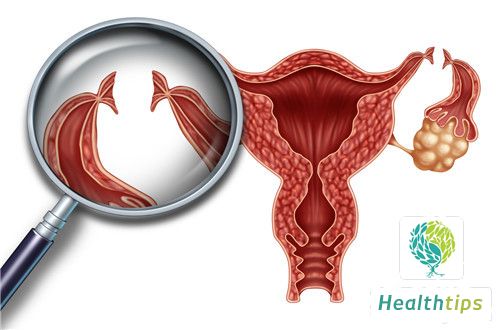What Are the Benefits and Functions of Forsythia Tea?
Forsythia tea has the effects of clearing heat and detoxifying, reducing swelling and dispersing nodules, inhibiting bacteria and relieving inflammation. It has a good effect on the treatment of fever, headache, and sore throat caused by external wind-heat. It also has a good inhibitory effect on typhoid bacillus, Escherichia coli, diphtheria bacillus, and streptococcus. Forsythia tea is made from the traditional Chinese medicine Forsythia suspense and green tea as the main ingredients. After scientific proportioning, it can be boiled in water or brewed directly with water for drinking.

Forsythia is a deciduous shrub belonging to the dicotyledonopsida, contortae, oleaceae, and Forsythia genus. It is used medicinally in two forms: green and mature. Green Forsythia is harvested in early September when the fruit peel is still green and not yet ripe. It is boiled in boiling water for a short while or steamed in a steamer for about half an hour, then taken out and dried in the sun. Mature Forsythia is harvested when the fruits ripen and turn yellow in early October, and the shells split open. It is then dried in the sun and sifted to remove seeds and impurities.
2.1 Antibacterial Effect
Forsythia tea can inhibit typhoid bacillus, paratyphoid bacillus, Escherichia coli, diphtheria bacillus, cholera vibrio, streptococcus, etc. in vitro, and also has a good inhibitory effect on Shigella and Staphylococcus aureus.
2.2 Liver Protection Effect
Forsythia tea can lower transaminase, restore the normal content of liver glycogen and ribonucleic acid, effectively reduce the degeneration and necrosis of liver cells, and has a liver-protecting effect.
2.3 Blood Pressure Regulation Effect
Forsythia tea has a hypotensive effect on hypertension and a significant pressor effect on hypotension.
2.4 Anti-vomiting Effect
Forsythia tea can inhibit the vomiting chemoreceptor area of the hindbrain, thereby inhibiting vomiting.



















